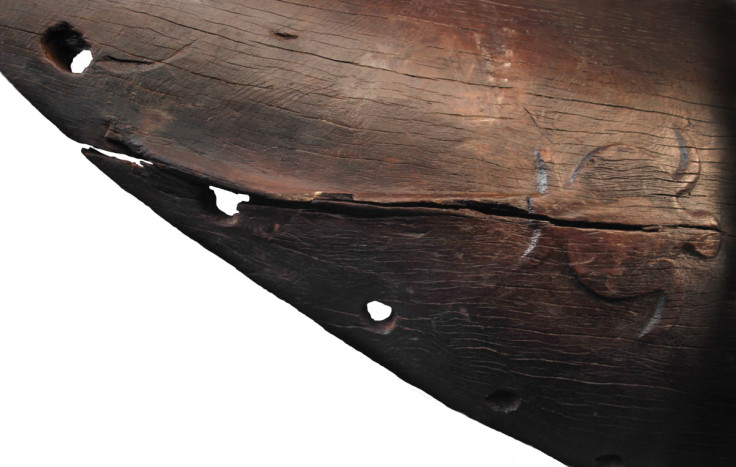Discovery of 600-Year-Old 'Ocean' Canoe Reveals How Early Human Settlers Colonised New Zealand

The discovery of an advanced 600-year-old canoe shows how early human settlers colonised New Zealand, two studies have shown.
Human history in the country began around 1200 to 1300, as one of the last places on Earth explorers were able to settle.
Recently, researchers discovered the ancient canoe with an elaborately engraved turtle on its hull, which emerged from a sand dune on South Island, or Te Waipounamu, after a storm.
In another study, scientists found a climate anomaly in the South Pacific during this time that would have made sailing from central East Polynesia to New Zealand easier – due to favourable winds.
"It kind of took my breath away, really, because it was so carefully constructed and so big," Dilys Johns, of the University of Auckland, told Live Science.
The hull of the vessel is made from black pine and measured around 20ft, with a carved interior and evidence of repeated repairs. Carbon dating showed the boat was last waterproofed in 1400 using bark.
According to the researchers, the boat was surprisingly sophisticated and would likely have been part of a set of two canoes.
The so-called "twin" canoes may have had a deck, shelter and a sail, similarly to the historic boats of the Society Islands – Tahiti, Moorea, Raiatea, Bora Bora and Huahine.
This group of islands, which officially belongs to French Polynesia, have been identified as the most likely Polynesian homelands of the Maori, who settled in New Zealand.
The turtle carving also links to the settlers' homeland and are common in Polynesia. Deeply engrained in mythology, the turtle is connected to various meanings including navigation.
Another recent study of climate conditions 600 years ago also reveals how settlers arrived in New Zealand.
Scientists examined at the region's ice cores and tree rings, which record precipitation, wind patterns and climate change.
Today's wind patterns suggest settlers would have had to sail against the wind for thousands of miles from East Polynesia, which would have taken up to two months.
However, the latest research shows evidence of Medieval Climate Anomaly between the years 800 and 1600 - when trade winds toward New Zealand were strengthened. Therefore, the travelling time would have been reduced to around two weeks.
"There are these persistent 20-year periods where there are extreme shifts in climate system," said lead author Ian Goodwin, a marine climatologist and marine geologist at Sydney's Macquarie University, told Live Science.
"We show that the sailing canoe in its basic form would have been able to make these voyages purely through downwind sailing."
The findings were detailed in the journal Proceedings of the National Academy of Sciences.
© Copyright IBTimes 2025. All rights reserved.






















